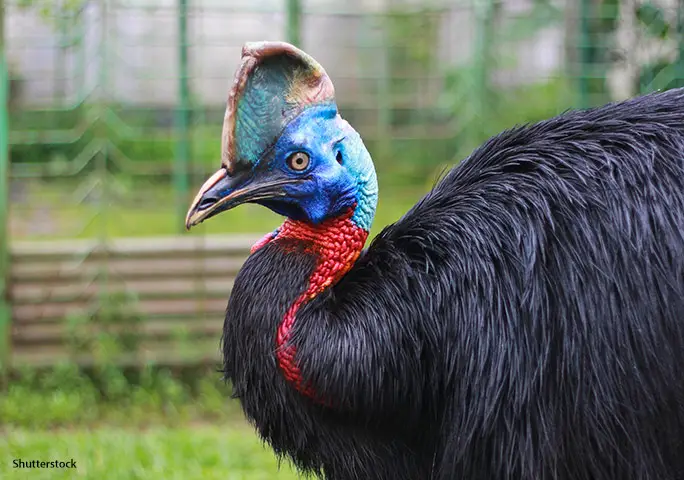No, the issue is mostly phylogenetic bracketing, not thermodynamic similarity. Alberta and Montana certainly were warmer during the Cretaceous than today, but they weren't hot or tropical, they were similar to the American south in climate; humid, wet, marshy coastal floodplain forests. For that matter, they were very similar to the Yixian formation were fully feathered large bodied tyrannosaurs are known conclusiviely to exist. The talk about tropical animals from a completely different group has no bearing on what T. rexes would or wouldn't have done, because they didn't live in the same environment as today's tropical animals, or at least their classic ecological niche wasn't there (admittedly, it appears that very late in the Maastrichtian, they spread into the southern province to be part of the Alamosaurus NALMA. How common or successful they were there is an open question, as our fossil evidence is pretty scanty.) And, there's no good reason to assume similar metabolism, for that matter, or other variables that would have had just as significant an impact.
Plus, you can make the argument about elephants all day long, and even paleontological specialists often do. However, because they usually ignore Megatherium and the fact that it provides a directly contradictory example, the "featherless because of elephants" argument is little more than a just-so story that isn't very convincing. Plus, a lot of the "tyrannosaur" skin impressions weren't actually from T. rex anyway—the only actual T. rex skin impressions are a tiny patch on the tail, a tiny patch on the hip and a handful of small impressions of the neck. The rest of them don't come from Tyrannosaurus itself. You can't use a skin impression from a gorgosaur or daspletosaur dewlap or belly and then apply an argument that only works if you're talking about a T. rex sized creature—because gorgosaurs and albertosaurs were half the mass of T. rex, if not even smaller. The argument also tends to depend on just-so assumptions. As Phil Bell said in the most recent in depth study of the question that I know of (2017), there are real problems. Yutyrannus was not a small animal, and it didn't live in any kind of cold climate; summers, at least, would have been extremely hot in the Yixian formation. The temperatures were similar and the animal size was similar to that of Daspletosaurus, Tarbosaurus, Gorgosaurus, etc. that don't have any known feather impressions and do have small scale impressions on them. So what was driving the apparent disparity? Not thermoregulation; that's been ruled out by both the climate and the size of other animals, and Bell admits that they have no idea why some large tyrannosaurs are known for sure to have had nearly full-body feathery integuement, and others are known for sure to have at least tiny patches of unfeathered scaley skin. Which doesn't rule out feathers elsewhere on the body.
And I know that science is what the data says, not what the scientists say, but the data is inconclusive, and most practicing scientists today will tell you that the phylogenetic bracketing is a more compelling argument than the thermodynamic argument, given the counter examples that pretty much debunk the idea behind the "hairless elephants therefore hairless dinosaurs" argument. The latter might explain a more naked skin, but not a completely featherless one. In fact, feathers explain one lingering puzzle of T. rex anatomy; what the heck were the arms for? In the past, they've been discounted as a feature on its way to oblivion, like a whale's hind legs or something, but that's not actually true. T. rexes arms were fairly heavily muscled and clearly served some purpose, although for decades nobody could imagine what it would be. With the possibility—maybe even probability—of display feathers on the arms, suddenly the arms structure makes some sense.




